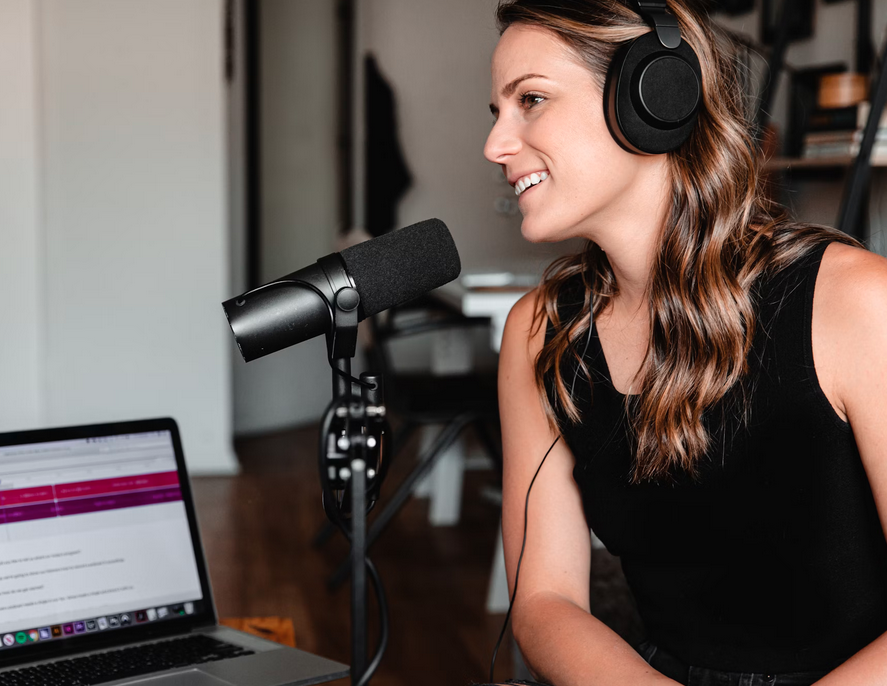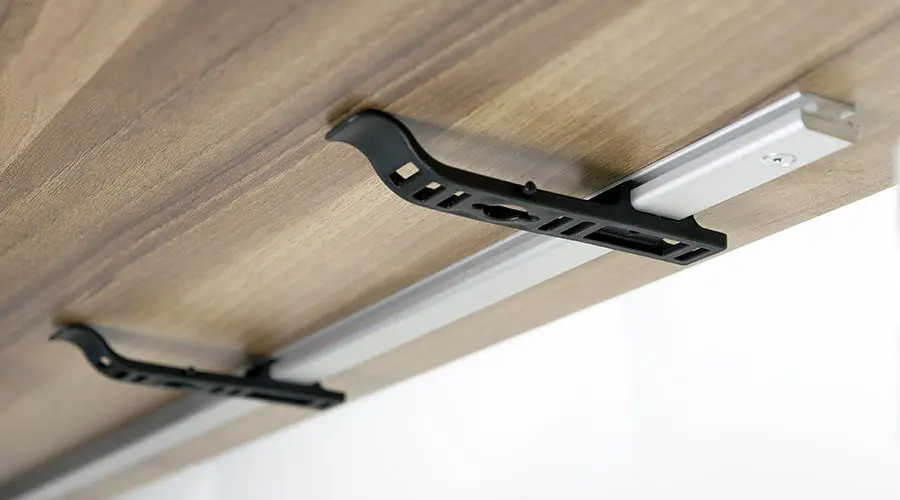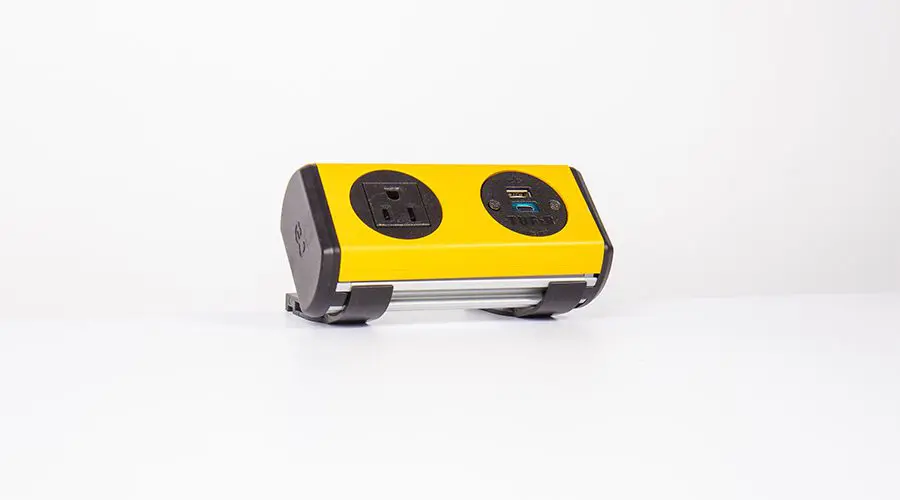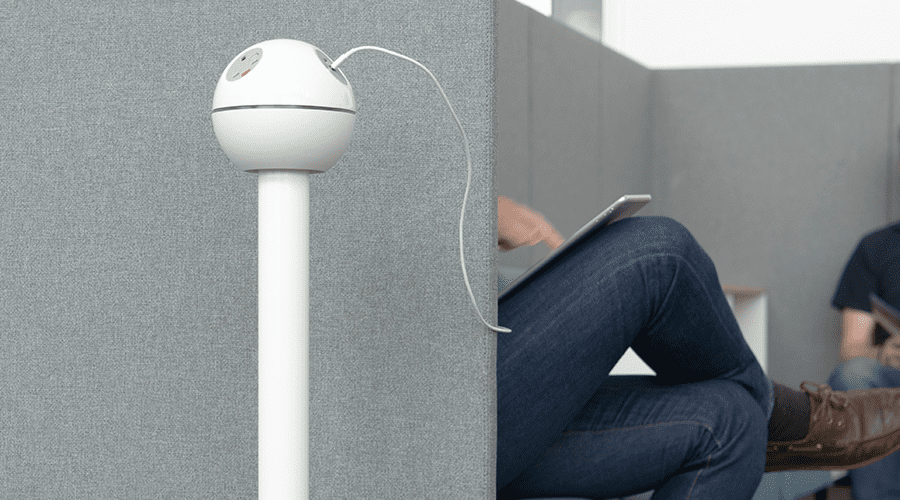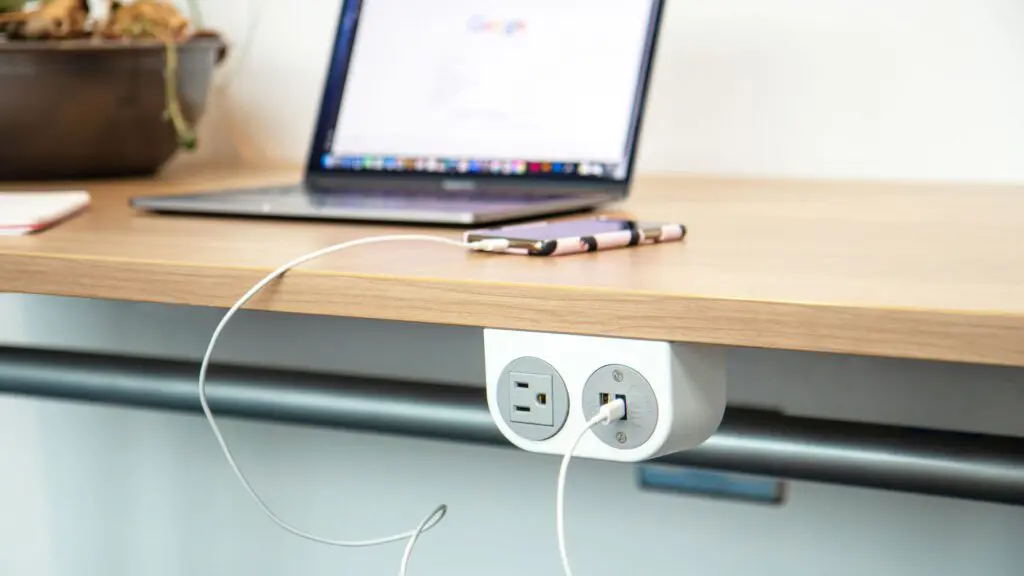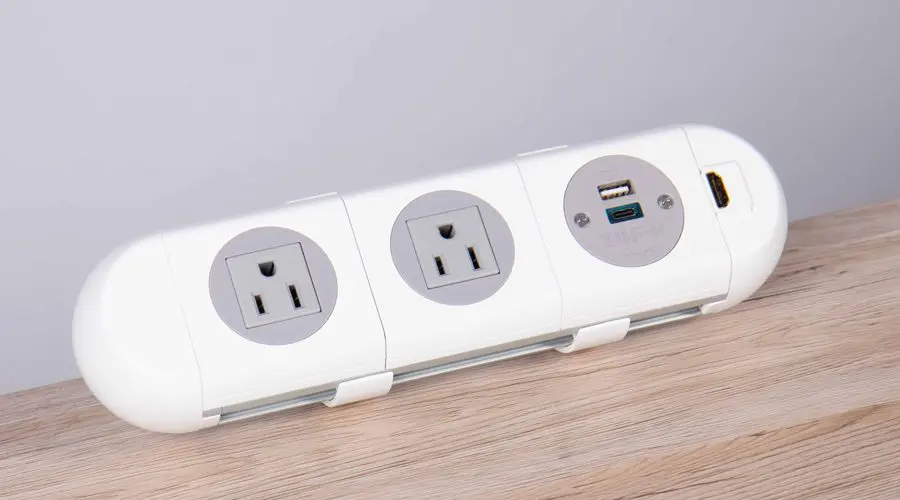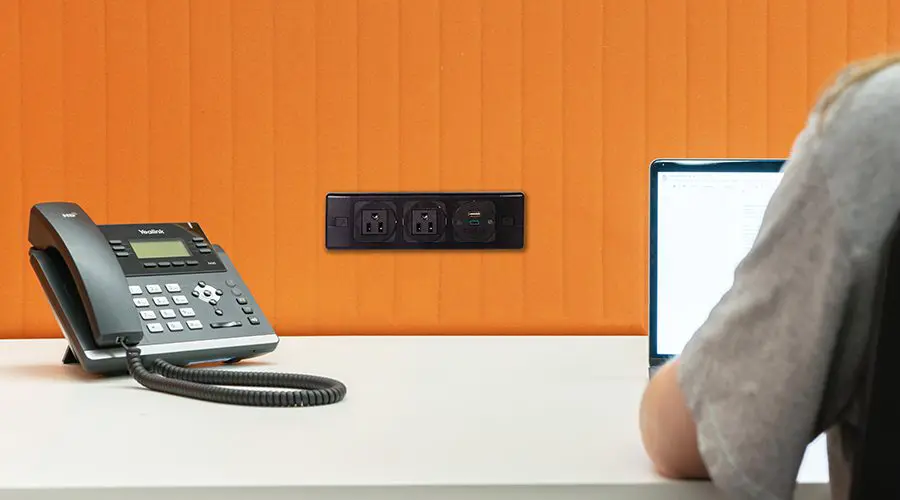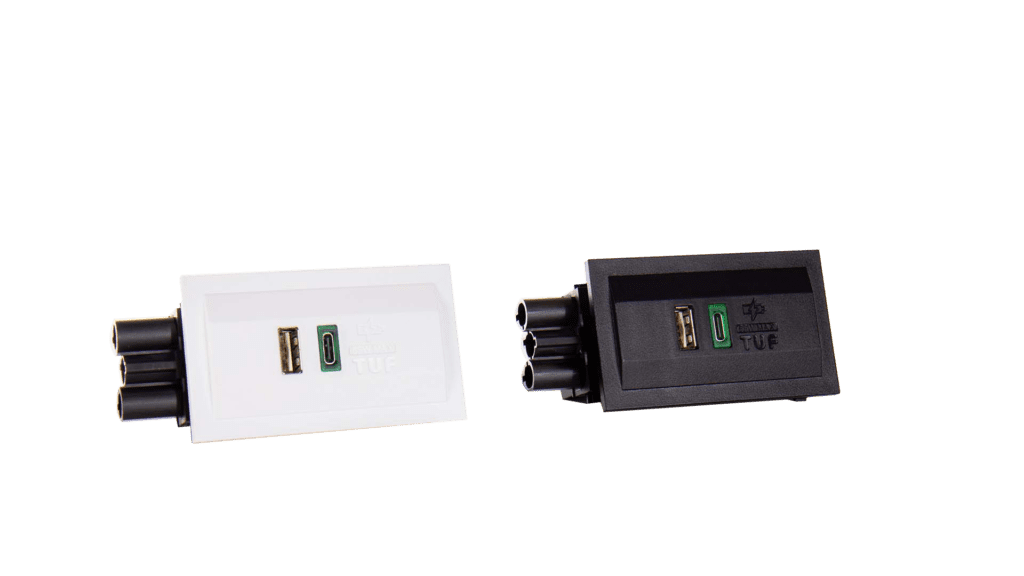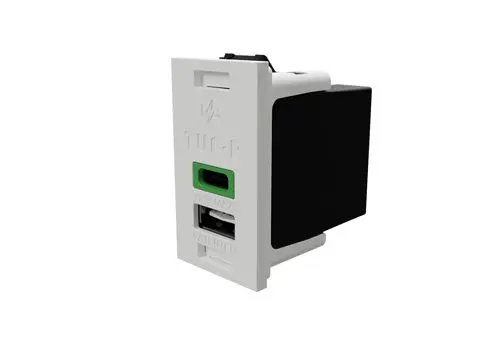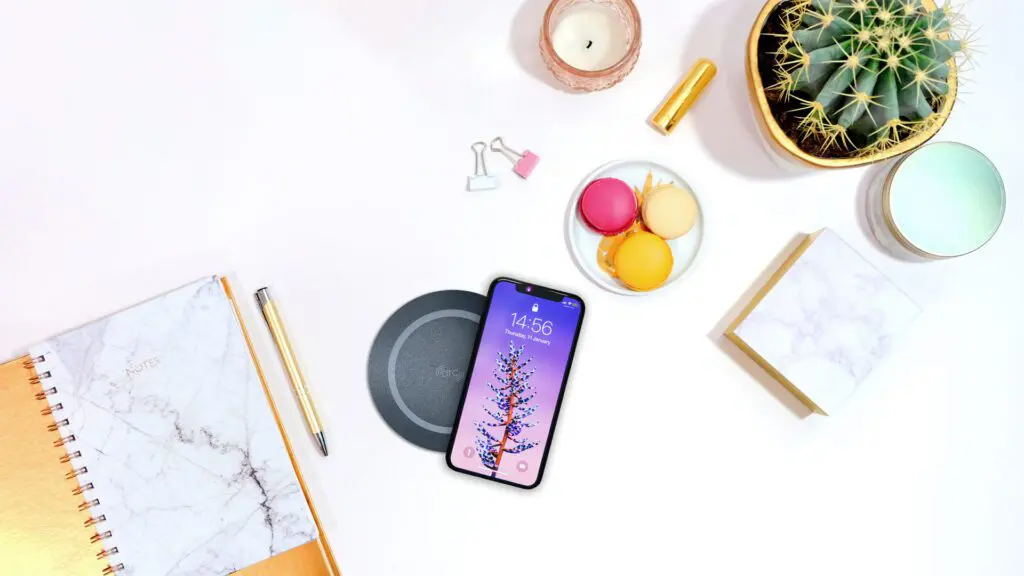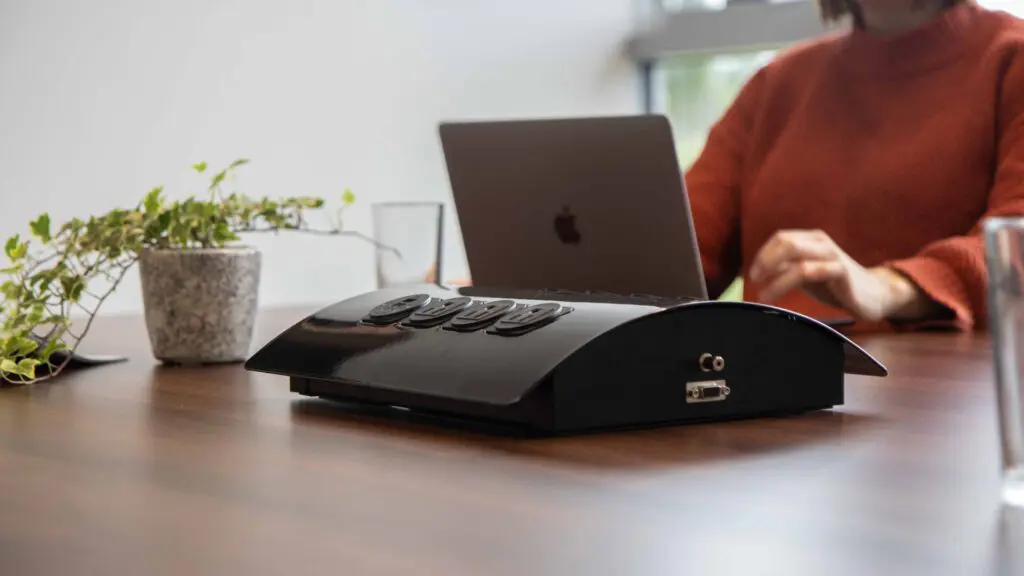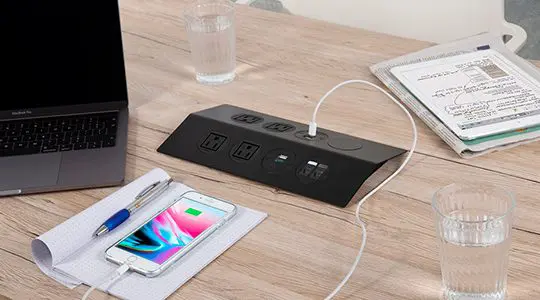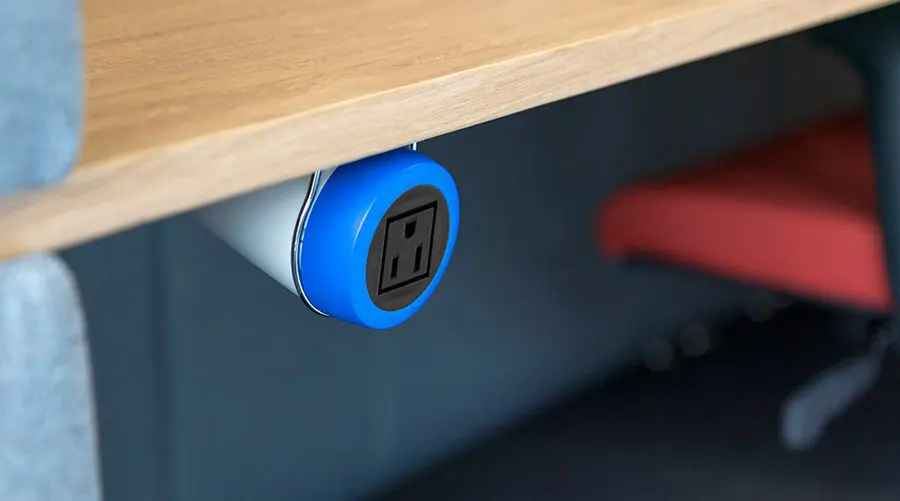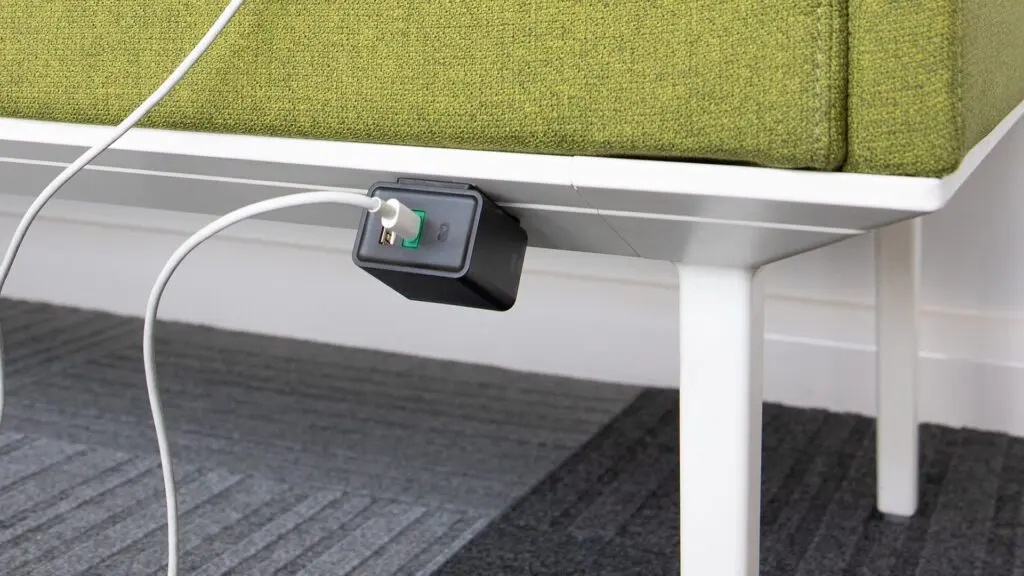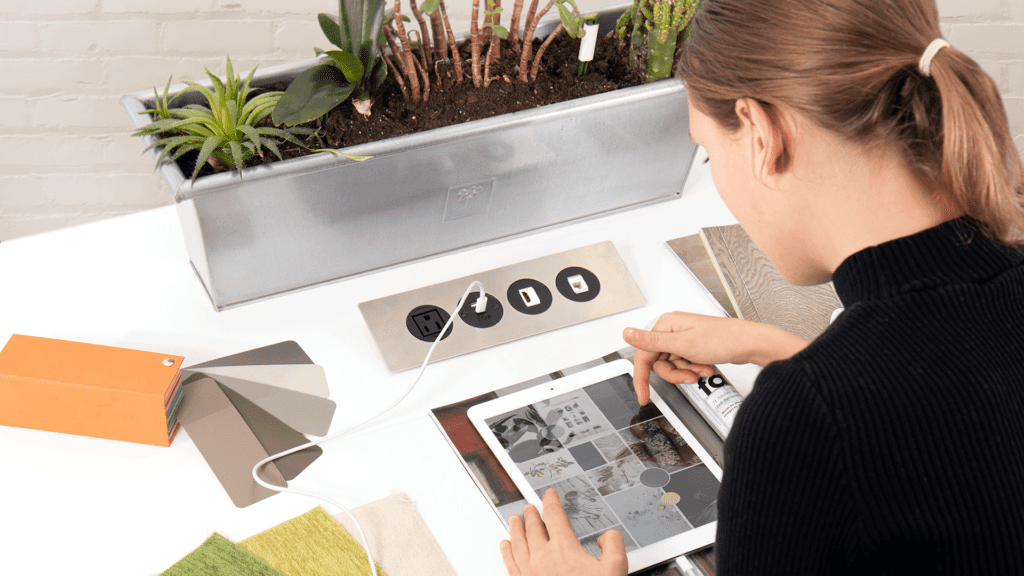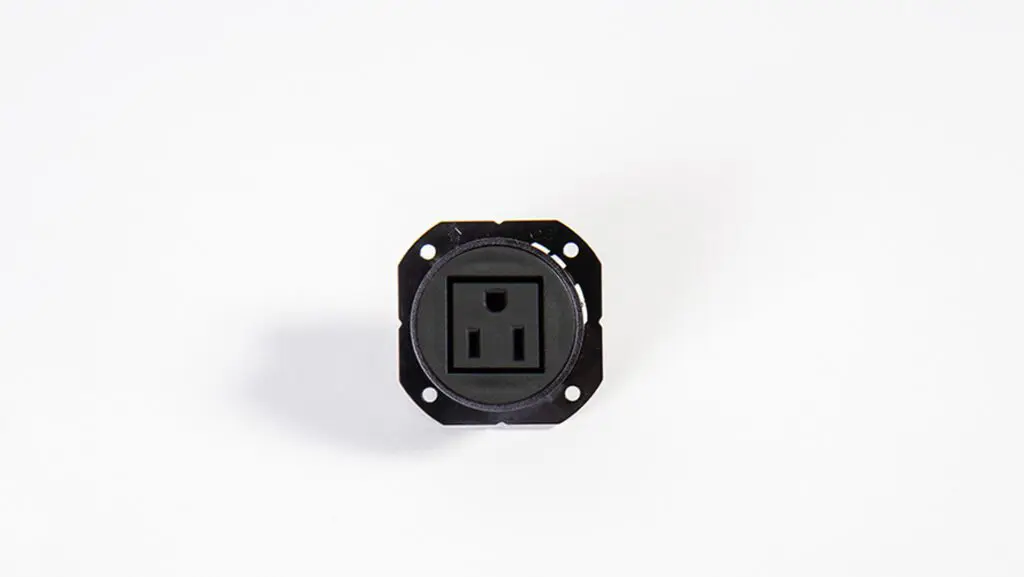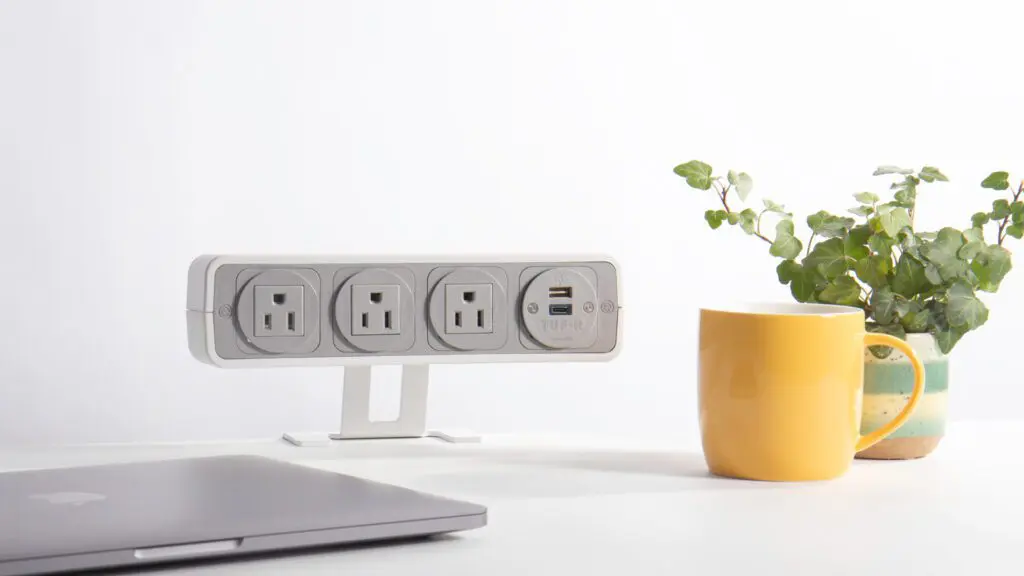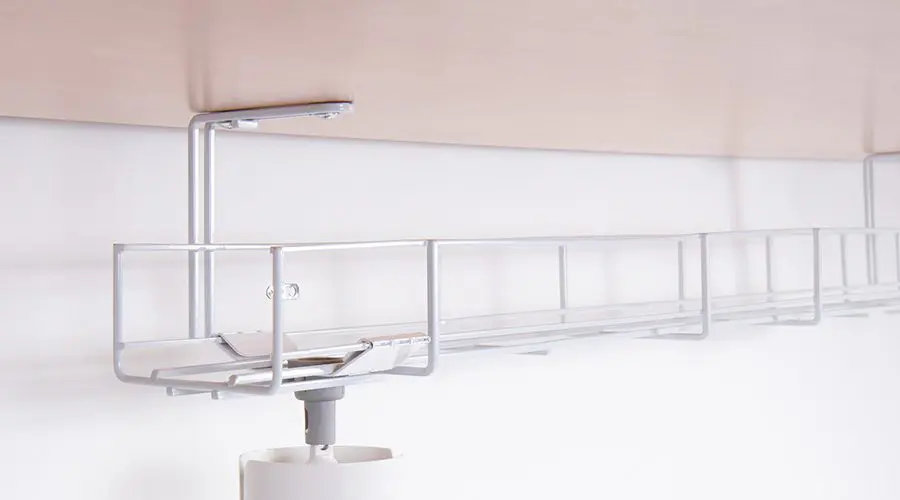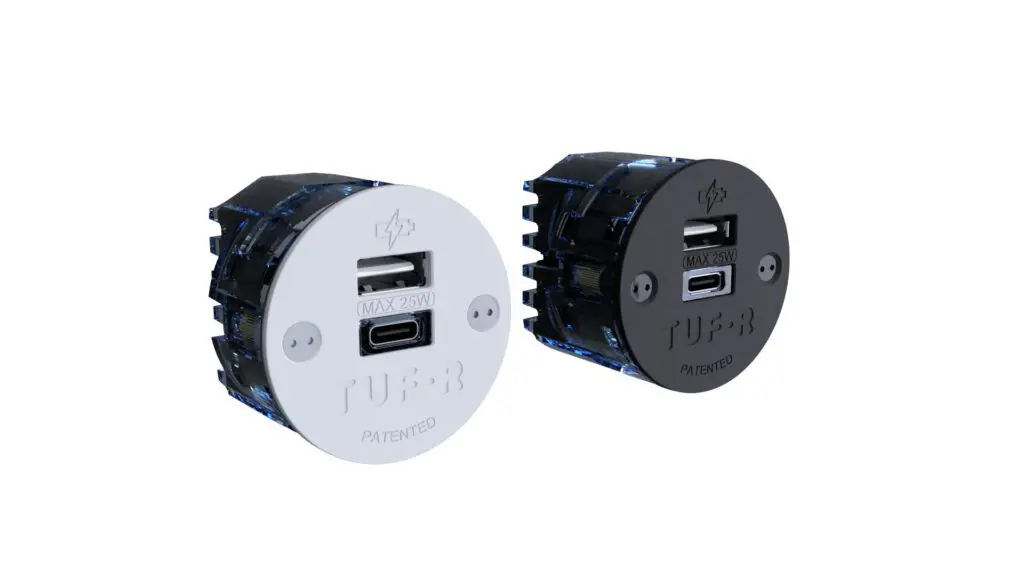Café, airport, hotel: The unofficial guide to public charging etiquette
Walk into any café, library, airport lounge, or hotel lobby these days and you’ll spot the same scene:
A handful of people quietly working…
And a much larger handful playing a covert game of “Who Gets the Outlet?”
Someone’s hovering near a wall socket like it’s a rare bird.
Someone else has turned a two-seat table into Mission Control.
And everyone is silently wondering the same thing:
“Am I being rude… or are they being rude?”
Public spaces never came with a rulebook for charging laptops, topping up phones, or turning a coffee shop table into a temporary office. But maybe it’s time they had one.
Because the truth is, there are patterns. There are expectations. And there are ways to charge your devices without frustrating staff, blocking resources, or becoming the unintentional villain of someone’s workday.
So here’s a clear, data-informed, hospitality-aware guide to charging politely, working considerately, and keeping shared spaces comfortable for everyone — from your local café to your next layover.
How Much Does It Actually Cost a Café When You Charge?
Good news for your conscience:
Charging a laptop for an hour in the U.S. costs cafés about 1–4 cents in electricity.
Charging a phone for an hour? Less than half a cent.
Source: U.S. Energy Information Administration + typical device wattage.
So no, you’re not bankrupting your local barista when you top up your MacBook. Owners who complain about “electricity costs” are usually bothered by something else:
➡️ Lost table turnover
➡️ Socket hogging
➡️ People camping without buying anything
Multiple café owners across Reddit say some version of the same thing:
“We don’t mind the electricity. We mind the all-day table occupation.”
And frankly, that’s fair. A table is worth far more than the pennies flowing through your charger.
So… How Long Can You Stay at a Café Without Being That Person?
There’s no official rule, but the hospitality world is surprisingly aligned:
The Unofficial Rule-of-Thumb
Buy something every 90–120 minutes if you’re staying.
Peak hours = shorter stay. Off-peak = linger freely.
If there’s a queue or the place is filling up — wrap it up.
If you’re using power + Wi-Fi + a table, buy food — not just water.
Sit at a table that’s the right size for you.
Solo? Use a one- or two-seater.
With a friend? Small table is enough.
Only use the group table if it’s the only option.
Café owners consistently say the big-table campers are more frustrating than the laptop workers.
Makes perfect sense — large tables are prime real estate.
But What About Airport Lounges and Hotel Lobbies?
Different vibe entirely.
Airport Lounges
They expect you to charge.
They want you to charge.
They’ve budgeted for you to charge.
A 3–4 hour stay is totally normal.
Hotels
Hotel lobbies and lounges also assume device charging — it’s considered part of the stay.
But hotel rooms often have a different problem…
“Dumb USBs” — The Sloths of the Charging World
Ever plug into a hotel room USB port and your phone barely creeps from 7% to 10%?
That’s because many older USB outlets offer only 0.5A–1A of trickle power, while modern phones expect 18–20W+.
Cue: slow, painful charging sessions where your phone gains 3% during the time it takes you to get ready for dinner.
(It’s happened to me too many times.)
The Fix: Intelligent Device Recognition (Fast Charging Done Properly)
TUF® — the charger we make at OE Electrics — uses IDR: Intelligent Device Recognition.
That means it:
Identifies exactly what you plugged in
Assesses how empty the battery is
Sends the right amount of power safely and efficiently
So a near-dead phone might pull fast-charge levels…
While a nearly full laptop gets a gentle top-up.
If you see a USB socket glowing green or blue, there’s a good chance it’s a TUF port using IDR tech.
And importantly:
Fast charging doesn’t cost more electricity — cost comes from watt-hours consumed, not watts delivered per hour.
The 5 Golden Rules of Charging Etiquette in Shared Spaces
1. Don’t Hog the Sockets
One device at a time.
If you need multiple items charged, rotate them.
(Or bring a small multi-port charger.)
2. Don’t Unplug Someone Else’s Device
Ever.
That’s the public-space equivalent of taking a bite from a stranger’s snack.
3. Keep Cables Tidy
No trip hazards.
No charging octopus setups.
No turning the café floor into Mission Control.
4. Buy Something If You’re Using Power or Wi-Fi
Think of it as renting real estate.
A $4 coffee for heat + Wi-Fi + electricity is an absolute steal.
5. Choose the Right Table Size
Match the table to your party size.
A solo laptop user taking a six-top during lunch rush?
Chaos.
Bonus Rule for Holiday Travel Pros: Bring Your Own Fast Charger
If you know you’ll be bouncing between airports, hotels, and cafés this season, pack a decent fast charger (preferably IDR-equipped).
Because:
There will never be enough outlets
A few won’t work at all
Some will be ancient and painfully slow
Someone will always be asleep on the good one
A good charger = holiday sanity.
Hot Take: Should We Pay by the Minute?
I remember an old friend (and self-employed graphic designer) who raved about a café in London with a fascinating model:
Free drinks. Charge by the minute for being there.
An intriguing approach.
Benefits
Eliminates long-term table hogs
Predictable revenue per seat
Encourages quick sessions → better turnover
Removes the guilt of staying longer — you’re literally paying for your time
Costs
Customers may feel “metered”
Casual coffee drinkers may avoid it
Creates a more transactional atmosphere
Harder to attract spontaneous drop-ins
Is it the future? Hard to say.
But it highlights the real theme of all shared spaces:
They work best when everyone contributes fairly — with purchases, with space awareness, and with smart charging habits.
Follow a few simple guidelines, and we all win:
Better spaces. Better travel. Better access to power. Devices that last long enough to catch the moments that matter.

